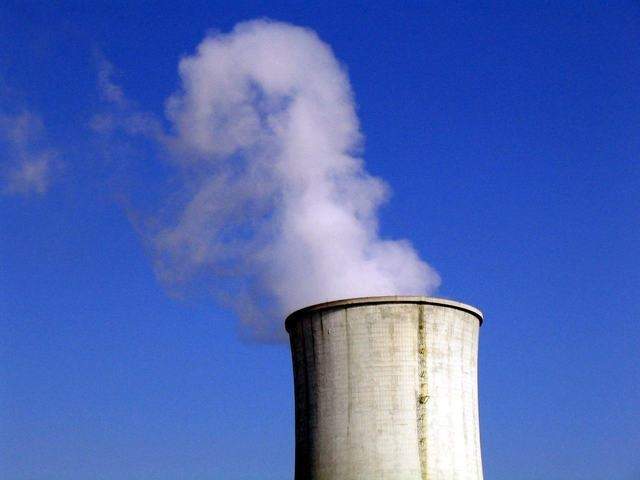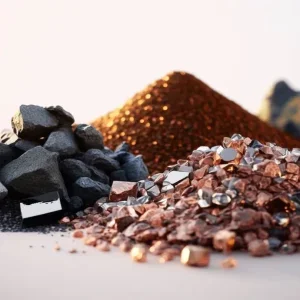
The Australia-based uranium miner said that it has secured approval of relevant stakeholders to place the mine under care and maintenance. The company has also stopped feeding the ore to the processing plant.
Paladin Energy is looking to restart production at the Langer Heinrich uranium mine once the uranium market is normalized as per its expectations in the next few years.
The company, in a statement, said: “The company believes the ongoing care and maintenance costs will be substantially less than the Kayelekera mine, in Malawi, due to differences in water balance and plant footprint.”
The miner said that there will be a ‘run-down’ phase lasting a maximum of three months during which various stages of the plant will be suspended and cleaned progressively. It anticipates some continued production of finished uranium to take place during this period.
By the time of the completion of the run-down phase, operations would have been suspended completely, said Paladin Energy.
Last month, the company said that it doesn’t expect to restart physical mining work at the mine although the current medium-grade ore stockpile that is feeding the processing plant is likely to be drained out before mid-2019.
Located in the Namib Desert, the Langer Heinrich Mine is owned 75% by Paladin Energy and 25% by CNNC Overseas Uranium, a subsidiary of China National Nuclear (CNNC).
The mine is located 80km east of the Walvis Bay port and nearly 40km south-east of the Rössing uranium mine operated by Rio Tinto.
While the uranium deposit at the Langer Heinrich Mine was discovered in 1973, its construction of the processing plant began only in September 2005. The subsequent year, a staged commissioning of the plant commenced.
Opened officially in March 2007, the Langer Heinrich mine recorded production of 2.7Mlb of U3O8 in 2008/2009. A Stage 2 expansion, later on, ramped up production to 3.7Mlb in the 2010 financial year.
Two years later, a Stage 3 expansion further boosted production of the Langer Heinrich uranium mine to 5.2Mlb per annum.






